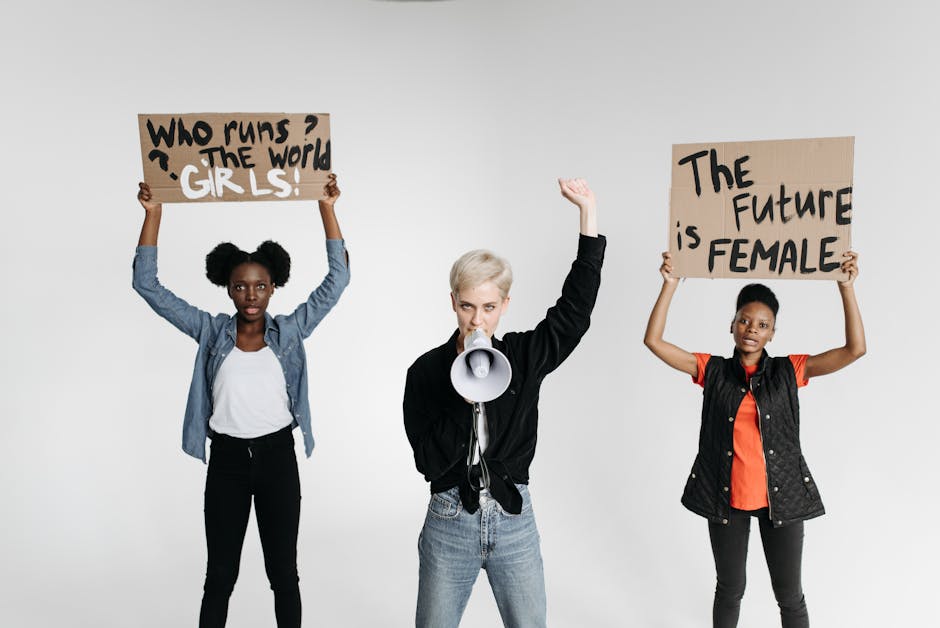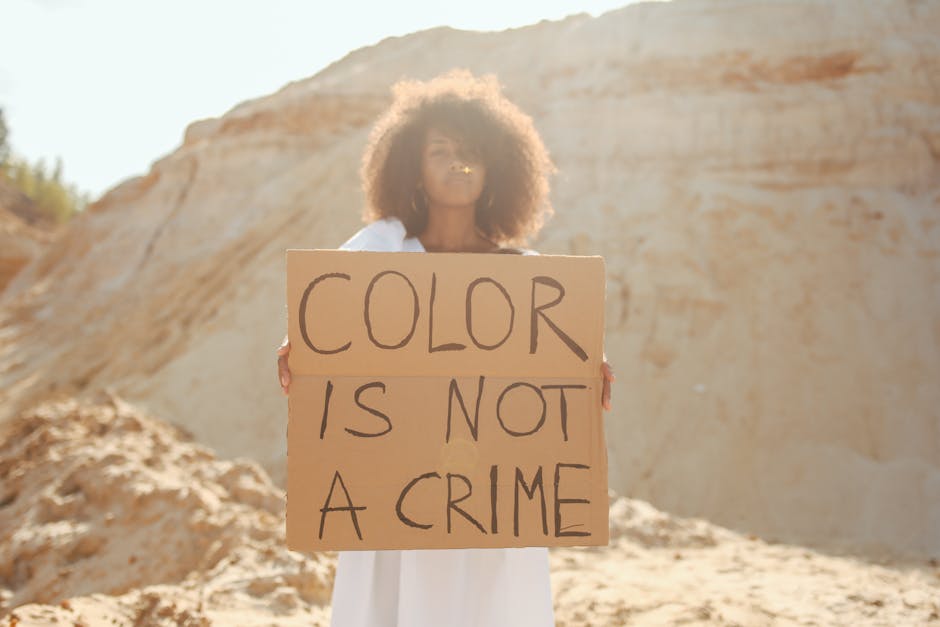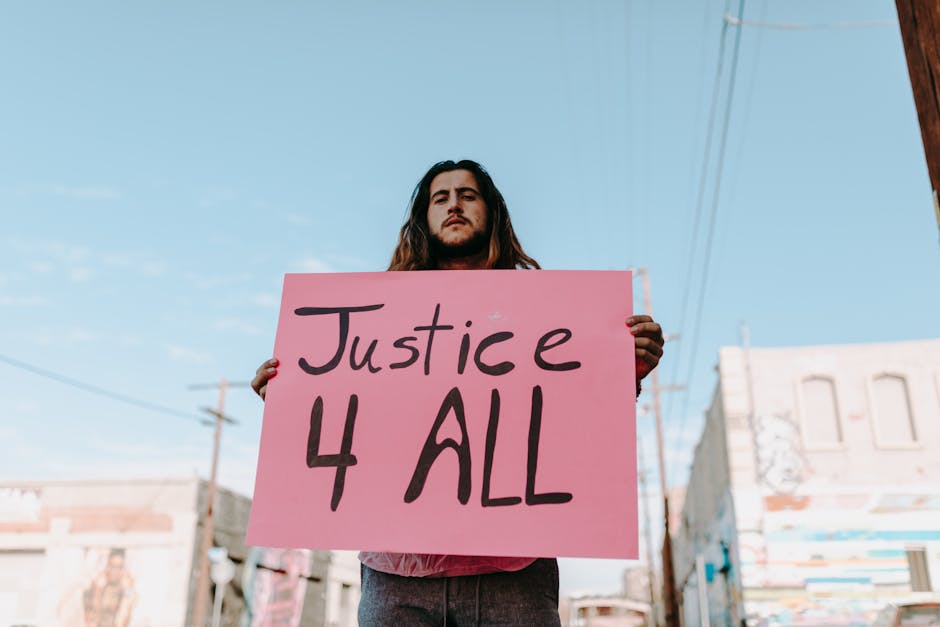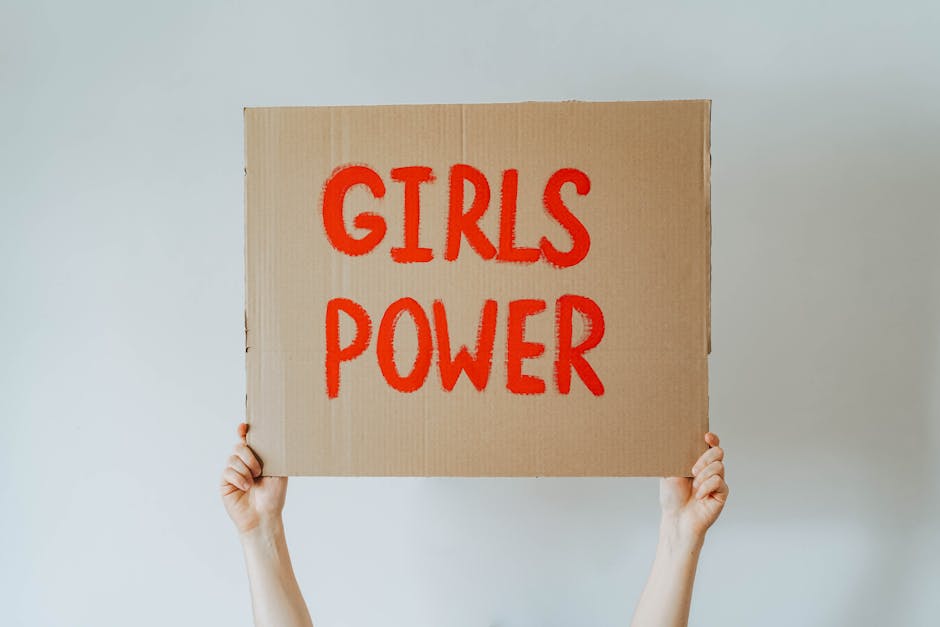Empowering Marginalized Voices: A Comprehensive Guide
In a world where social, economic, and political power often lie in the hands of a privileged few, empowering marginalized voices is crucial for creating a more inclusive and equitable society. Marginalized communities, including but not limited to people of color, LGBTQ+ individuals, women, and persons with disabilities, have historically been silenced, ignored, or oppressed. It is essential to amplify these voices, provide platforms for their stories and experiences, and advocate for their rights and representation.
How can we empower marginalized voices effectively and authentically? This article delves into this important question, exploring various strategies, initiatives, and best practices to uplift those who have been marginalized and disenfranchised. From grassroots movements to policy changes, there are numerous avenues through which we can work towards a more just and inclusive society. Let’s explore the ways in which we can make a tangible difference in empowering marginalized voices.
The Power of Representation

Representation matters. Seeing individuals from marginalized communities in positions of power and influence can have a profound impact on how these groups are perceived and treated in society. When marginalized voices are included in decision-making processes, policies and practices are more likely to be inclusive and equitable. For example, the election of women, people of color, LGBTQ+ individuals, and other underrepresented groups to political offices can lead to the implementation of policies that address the unique needs of these communities.
One powerful example of representation in action is the election of Alexandria Ocasio-Cortez, the youngest woman ever to serve in the United States Congress. Ocasio-Cortez, a Latina woman from a working-class background, has been a vocal advocate for social justice issues, including affordable housing, healthcare for all, and climate change action. Her presence in Congress has brought attention to issues that disproportionately affect marginalized communities and has inspired a new generation of diverse leaders.
Creating Safe Spaces for Dialogue

Empowering marginalized voices also involves creating safe spaces for dialogue, where individuals from these communities can share their experiences, perspectives, and challenges without fear of judgment or discrimination. These spaces can take many forms, including support groups, community centers, online forums, and cultural organizations.
One example of a safe space for dialogue is the LGBTQ+ youth group at a local community center. This group provides a supportive environment for young people to discuss their identities, experiences, and concerns openly and honestly. Through group discussions, workshops, and social events, LGBTQ+ youth can connect with peers who share similar experiences and find solidarity and acceptance.
By fostering open and respectful dialogue, we can build understanding, empathy, and solidarity across different communities. Listening to marginalized voices and amplifying their stories is a crucial step towards creating a more inclusive and compassionate society.
Advocacy and Allyship

Advocacy and allyship play a vital role in empowering marginalized voices. Advocates and allies work alongside marginalized communities to amplify their voices, advocate for their rights, and challenge systems of oppression and discrimination. Effective advocacy involves listening to the needs and priorities of marginalized groups, amplifying their messages through various channels, and taking action to support their causes.
Allyship, on the other hand, involves using one’s privilege and influence to uplift marginalized voices and create space for their perspectives to be heard. Allies recognize their own privilege and work to dismantle systemic barriers that perpetuate inequality and injustice. By standing in solidarity with marginalized communities, allies can help amplify their voices and advocate for meaningful change.
One powerful example of advocacy and allyship is the Black Lives Matter movement, which has brought attention to systemic racism and police violence against Black communities. Through protests, policy advocacy, and community organizing, activists and allies have worked together to demand justice, accountability, and systemic change. The movement has sparked important conversations about race, privilege, and power dynamics in society.
Education and Awareness

Education and awareness are key components of empowering marginalized voices. By raising awareness about the experiences, struggles, and achievements of marginalized communities, we can challenge stereotypes, combat discrimination, and promote understanding and empathy. Education can take many forms, including school curriculum reforms, diversity training programs, cultural celebrations, and social media campaigns.
One example of an educational initiative that empowers marginalized voices is the inclusion of diverse perspectives in school curricula. By teaching students about the contributions of marginalized individuals to history, science, literature, and the arts, we can broaden their understanding of the world and inspire them to become advocates for social justice. Inclusive education helps to break down barriers and stereotypes, fostering a more inclusive and equitable society.
Moreover, raising awareness about the challenges faced by marginalized communities can mobilize support for social justice initiatives and policy reforms. Social media campaigns, documentaries, art exhibitions, and public events can shine a spotlight on issues such as racial discrimination, gender inequality, and LGBTQ+ rights, prompting individuals to take action and become allies in the fight for equality.
Intersectionality and Inclusivity
Intersectionality is a critical framework for understanding and addressing the interconnected nature of oppression and discrimination. Coined by legal scholar Kimberl Crenshaw, intersectionality acknowledges that individuals can experience multiple forms of marginalization based on their race, gender, sexuality, class, disability, and other identities. By recognizing the complexity of these intersections, we can work towards more inclusive and equitable solutions that address the needs of all individuals.
For example, a Black transgender woman may face discrimination and violence based on her race, gender identity, and socioeconomic status. By centering her experiences and challenges, we can develop policies and programs that support her in navigating multiple forms of oppression. Intersectional approaches to empowerment ensure that no one is left behind and that the most marginalized voices are heard and valued.
Inclusivity is another key principle in empowering marginalized voices. Inclusive practices involve actively seeking out and including individuals from diverse backgrounds in decision-making processes, leadership positions, and public discussions. By creating inclusive spaces and opportunities, we can ensure that marginalized voices are represented and respected in all aspects of society.
Policy Changes and Structural Reforms
Policy changes and structural reforms are essential for empowering marginalized voices at a systemic level. Governments, institutions, and organizations can implement policies that promote diversity, equity, and inclusion, ensuring that marginalized communities have equal access to opportunities and resources. Structural reforms involve dismantling systems of oppression and discrimination that perpetuate inequality and marginalization.
One example of a policy change that empowers marginalized voices is affirmative action, which aims to address historical and systemic barriers to education, employment, and other opportunities faced by marginalized groups. Affirmative action policies prioritize the inclusion of underrepresented individuals in hiring, admissions, and promotion processes, creating pathways for marginalized communities to thrive and succeed.
Structural reforms may involve changing laws, regulations, and practices that perpetuate discrimination and inequality. For example, criminal justice reforms can address racial disparities in the criminal justice system, while healthcare reforms can improve access to quality care for marginalized communities. By advocating for policy changes and structural reforms, we can create a more just and equitable society for all.
Challenges and Controversies
Empowering marginalized voices is not without its challenges and controversies. Some individuals may resist efforts to amplify marginalized voices, feeling threatened by shifts in power dynamics or changes in societal norms. Moreover, there may be disagreements within marginalized communities about the best strategies and approaches for empowerment.
One common challenge is the concept of “allyship fatigue,” where allies may experience burnout or disillusionment from their advocacy efforts. It is essential for allies to practice self-care, set boundaries, and engage in ongoing education and reflection to sustain their commitment to empowering marginalized voices.
Another challenge is the risk of tokenization, where individuals from marginalized communities are included in superficial or tokenistic ways to fulfill diversity quotas or gain positive publicity. True empowerment involves meaningful representation, respect, and recognition of the diverse experiences and perspectives of marginalized individuals.
Conclusion
Empowering marginalized voices is a multifaceted and ongoing process that requires collective action, advocacy, and allyship. By centering the experiences, perspectives, and needs of marginalized communities, we can work towards a more inclusive and equitable society where all individuals are valued and respected. Representation, dialogue, advocacy, education, intersectionality, inclusivity, policy changes, and structural reforms are essential components of empowering marginalized voices.
As we navigate the complexities and challenges of empowering marginalized voices, let us remember the power of solidarity, empathy, and action in creating positive change. Together, we can build a world where every voice is heard, every story is valued, and every individual is empowered to thrive.




